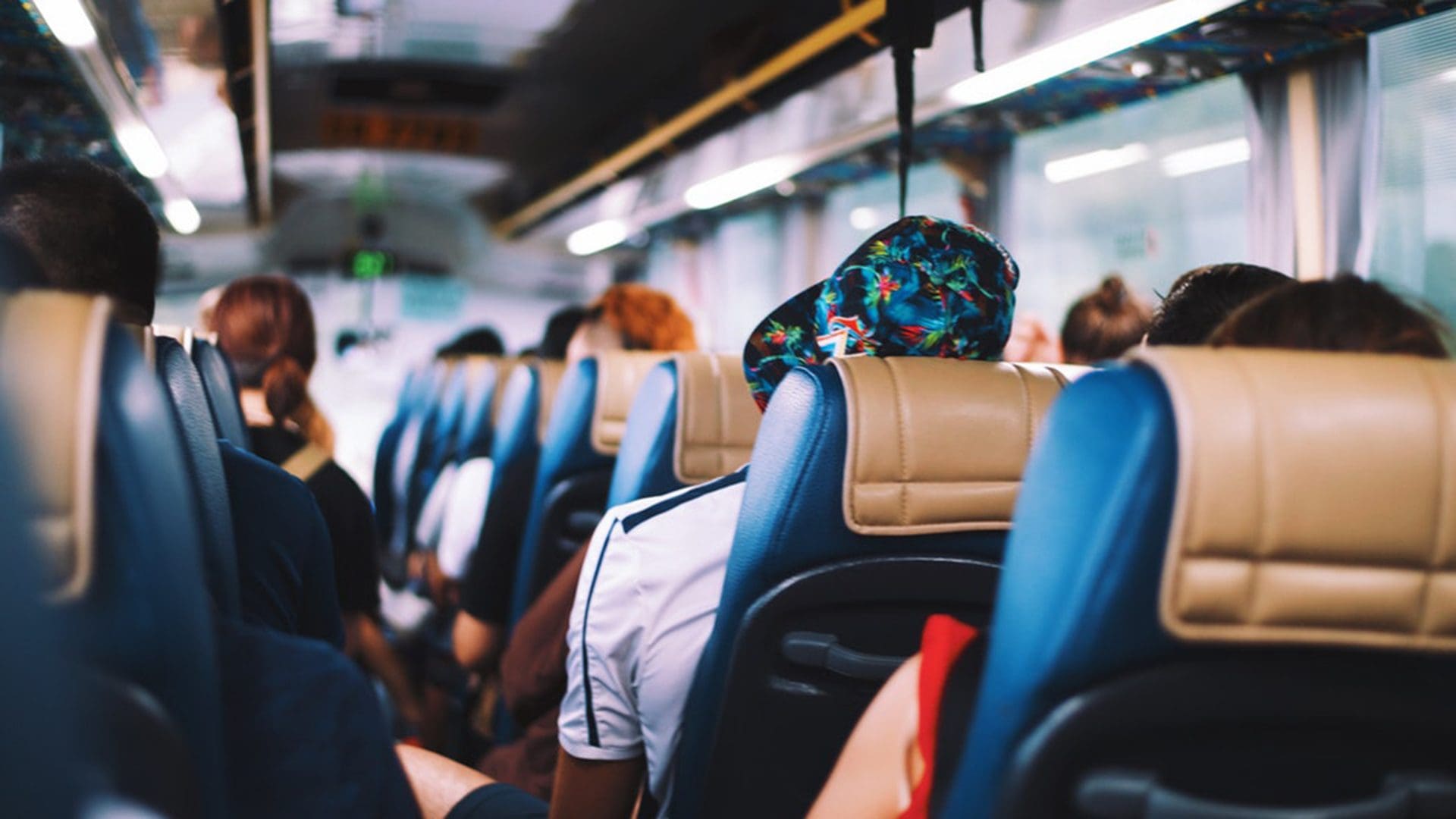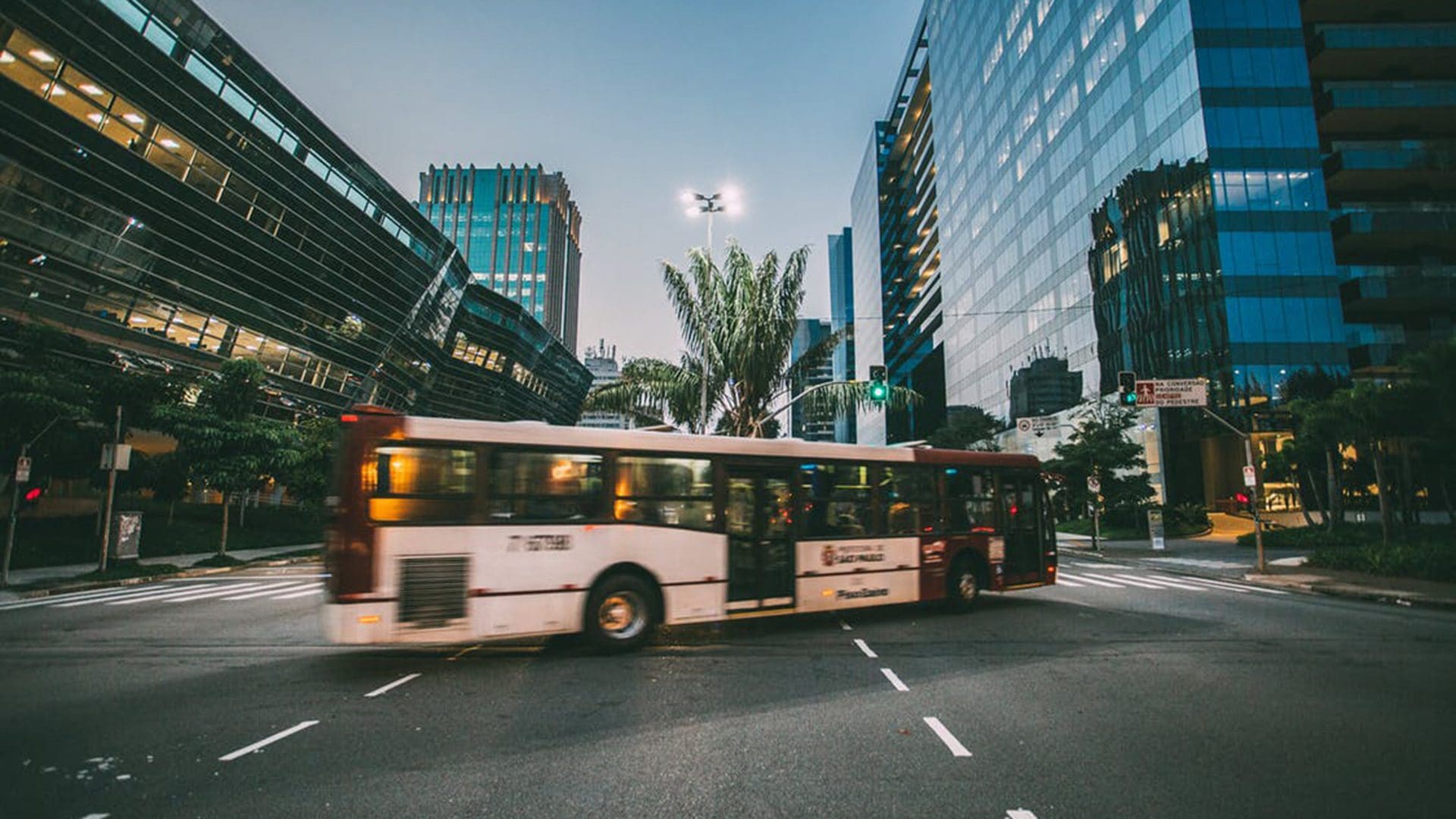January 3, 2019
Finding solutions that enhance equity and sustainability for communities will always be central to the work we do as transportation professionals. Through research and data analysis, our planners and engineers develop solutions that help cities improve accessibility in underserved communities and embrace sustainable practices to make streets equitable for everyone.
Transportation sustainability and equity are key areas of focus in the profession, reflected in the theme for the 2019 Transportation Research Board (TRB)’s Annual Meeting: “Transportation for a Smart, Sustainable, and Equitable Future.” The Annual Meeting will take place in Washington, DC on January 13 “” 17. In the weeks before we arrive in DC, we’re sharing ideas inspired by the conference theme.
A key component of smart, sustainable, and equitable futures is public transit: implementing transit infrastructure that supports multimodal mobility and access for everyone. The performance metrics used to determine which transit projects capture federal transit dollars foster sound investments in public transportation that make communities more equitable, sustainable and competitive.
Here are three high level ways that cities can improve sustainability and make the most of investments in public transportation. We encourage you to follow up with us to start conversations about the opportunities you see in your particular community.

Sound investments in public transit can make communities more equitable, sustainable and competitive.
1. Leverage data to understand and improve transit service.
Travelers already use mobile apps like Google Maps and Waze to find the fastest route to their destination. In fact, approximately 44% of drivers use smartphone apps for navigation. The big data used by these popular consumer apps can also be utilized by transportation professionals to understand more about where people are traveling to and from, the modes of transportation used, duration of travel, and which neighborhoods are over or underserved.
Decisions can be based on real passenger data instead of random samples, or expensive surveys. For example, one city discovered twenty percent of transit users traveled in a triangular pattern from point A to point B, then on to C and back to A. This led the transit agency to sell a three-way ticket in addition to one-way and round-trip options. Leveraging data from mobile apps gives transit agencies the opportunity to improve accessibility by understanding how commuters travel around their communities in real-time and where their transit points are.
Ultimately, sustainable transportation means designing public transit services that are attractive to the people who want to use them.
Transit agencies are exploring flexible routes, flexible service, and on-demand transit options to make sure individuals and communities are connected. On a recent corridor analysis, we used open-source data formats and software to capture what’s important to the existing riders – like how long their wait times will be, how often they will need to transfer or how long their overall trip will be. After simulating the impact of different types of transit service on a trip-by-trip basis, we concluded that a new type of transit service would reduce the median travel time for existing riders by 15 minutes and attract new riders. (This project team was selected as a finalist in TRB’s “Innovations in Transit Performance Measurement Challenge” – learn more about it here.)
2. Promote multimodal transportation to help passengers complete their journeys.
Transit is important, but it’s part of a larger conversation – that of multimodal transportation. It’s important that transit planning include complementary infrastructure for first and last mile connections, such as bicycle parking and protected walkways for pedestrians.
 Other forms of multimodal transportation like bike-sharing and electric scooter programs also help travelers close the first and last mile gap between their front door and a bus stop, rail station or transit hub. Improving those connections by using these modes of transportation can help close the last mile gap in areas like Boston and Washington, DC, where 17 percent of commute trips are made on foot or by bike.
Other forms of multimodal transportation like bike-sharing and electric scooter programs also help travelers close the first and last mile gap between their front door and a bus stop, rail station or transit hub. Improving those connections by using these modes of transportation can help close the last mile gap in areas like Boston and Washington, DC, where 17 percent of commute trips are made on foot or by bike.
Developing efficient and sustainable multimodal transit options is reliant on the development of efficient and sustainable land use. When we engage with communities that are transit accessible, we can start to understand what works for them to adapt planning and land use that meets their needs. This is particularly important when we serve transit in suburban environments, where walkers and bikers commute in unsafe conditions during the first and last miles of their trips. Planners can make that gap safer by using multimodal data to understand commuter needs.
When we engage with communities that are transit accessible, we can start to understand what works for them to adapt planning and land use that meets their needs.
Regional coordination cannot be over-emphasized. Where is employment growth happening? Where is housing growth happening? How long are commutes? Those land use patterns make a huge difference, particularly if there’s a mismatch. We recommend transit agencies work with employers and local governments to promote job growth in locations served by high-quality transit services. Similarly, there is the opportunity to promote housing growth – particularly affordable housing – in areas with significant transit.
Connections between various transit agencies in the same region are also important. A single transit agency doesn’t typically serve an entire region. Regional coordination means thinking about the bubbles of funding between services, and other variances so the transit system is as close and seamless as possible.
3. Understand the connection between sustainable public transit and well-being.
According to the US Department of Energy, more than 40 percent of public transportation vehicles utilize alternative fuels, a number that greatly exceeds consumer adoption of low-emission vehicles. As older vehicles are phased out, transportation providers can reduce greenhouse gas emissions further by using Renewable Natural Gas (RNG), switching to hybrid-diesel buses, or choosing a zero emissions vehicle.

In addition to environmental benefits, sustainable public transportation also creates sustainable economic opportunity. In Portland, Oregon, for example, TriMet improved the city’s rapid transit system to reduce CO2 emissions by 21,000 metric tons per year and created thousands of new jobs.
Finally, the health implications of choosing public transit and active transportation over driving are numerous – and even surprising. Studies show that choosing public transit can increase physical activity, leading to better overall health. The Journal of Physical Activity and Health reported that taking public transit could result in walking an extra 20 blocks walked per month, or 240 blocks walked per year. According to the University of Cambridge, a brisk 20-minute walk each day can be enough to reduce an individual’s risk of early death by between 16-30%. Studies even suggest that well-planned transit can make an individual happier, and increase satisfaction and contentment.

Studies show that choosing public transit can make you healthier and happier.
Transportation for a Smart, Sustainable & Equitable Future
We look forward to discussing the latest research around public transit and sustainability, and countless other topics affecting today’s communities, at the 98th Annual Meeting of the Transportation Research Board later this month. As a transportation planning & engineering firm, it’s vital that our work helps communities become more sustainable so they can prosper and improve their quality of life – not just today, but for generations to come.
